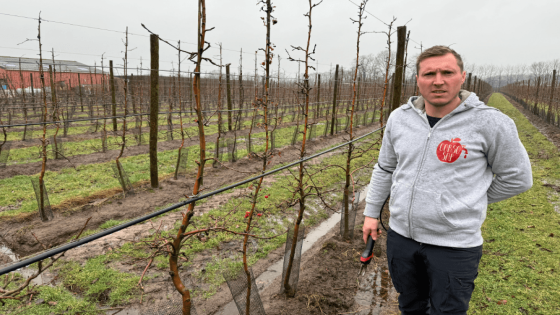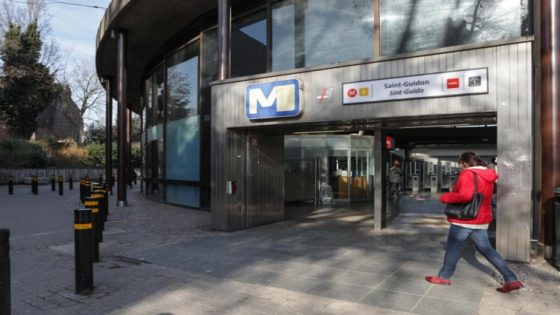In a concerning report dated February 19, 2025, five neighborhood associations in Eixample have revealed that 232 properties in the district are now owned by investment funds. This surge in real estate speculation raises critical questions about housing affordability and community stability. How will this trend impact local residents and the future of Eixample?
- Real estate speculation affects Eixample district.
- 70% of rental listings are short-term rentals.
- 21% of beds in Eixample serve tourists.
- 4,000 invisible evictions reported since 2016.
- Six nursing homes threatened by gentrification.
- New investment properties discovered weekly.
Rising Real Estate Speculation in Eixample: A Growing Concern for Residents
What does it mean for a community when investment funds control a significant portion of its housing? In Eixample, the situation is alarming. The data shows that 70% of rental properties are offered for short-term leases, often at double the conventional rent. This shift not only affects affordability but also the very fabric of the community.
Key Facts About Eixample’s Housing Crisis and Its Implications
Understanding the gravity of the situation requires a closer look at the statistics:
- 232 properties purchased by investment funds for speculative purposes.
- 70% of rental listings are for short-term leases.
- 33% increase in sale prices due to investment fund involvement.
- 21% of available beds are now for tourists, impacting local housing.
The Impact of Invisible Evictions on Eixample Residents
Invisible evictions are a hidden crisis in Eixample. Many tenants leave their homes without complaint when faced with sudden rent hikes from new owners. Between 2016 and 2024, an estimated 4,000 invisible evictions occurred, affecting around 10,000 residents. This phenomenon disrupts families, particularly children who may have to change schools, highlighting the broader implications of gentrification.
Gentrification Threatens Elderly Care Facilities in Eixample
As gentrification accelerates, six elderly care facilities in Eixample are at risk of closure. This is particularly troubling in a district known for its aging population. The potential loss of these facilities raises questions about how the community will care for its senior citizens, especially as many residents are centenarians.
Community Response to Real Estate Speculation in Eixample
Local associations are mobilizing to combat the effects of real estate speculation. Recent gatherings have highlighted new cases of properties being bought by investment funds, emphasizing the need for collective action. Residents are urged to share their experiences and advocate for policies that protect their homes and neighborhoods.
In conclusion, Eixample’s housing crisis reflects a broader trend seen in urban areas worldwide. As communities grapple with the challenges of rising rents and displacement, the need for sustainable solutions becomes increasingly urgent.































